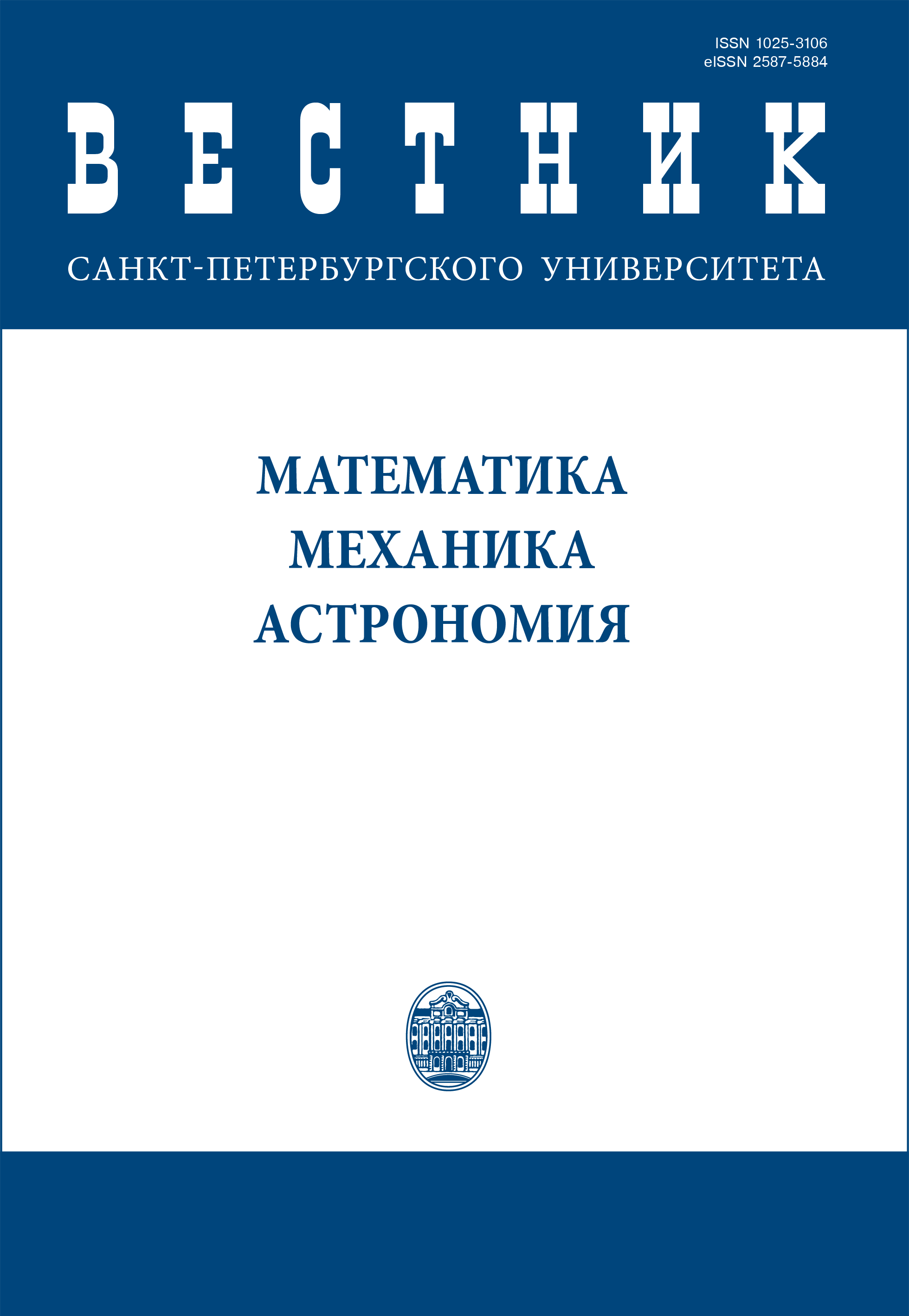Modeling of nonequilibrium processes behind a shock wave in a mixture of carbon dioxide and argon
DOI:
https://doi.org/10.21638/spbu01.2023.209Abstract
A closed self-consistent model of a nonequilibrium flow of a mixture of carbon dioxide and argon behind the front of a plane shock wave is developed. The generalized Chapman - Enskog method is used in the three-temperature approach, taking into account various channels of vibrational relaxation in a carbon dioxide molecule. An extended system of Navier - Stokes - Fourier equations is written, consisting of the equations of conservation of mass, momentum and energy, supplemented by the diffusion equations of the mixture components and relaxation equations for the vibrational modes of the CO2 molecule. The closing relations for the stress tensor, diffusion velocity, heat flux and vibrational energy fluxes are obtained. An algorithm for calculating the coefficients of shear and bulk viscosity, thermal conductivity of various degrees of freedom, diffusion and thermal diffusion has been developed and implemented. The model was validated by comparison with experimental data for the viscosity and thermal conductivity of carbon dioxide and argon, as well as for the binary diffusion coefficient. Satisfactory agreement with the experiment was obtained. The dependence of the transport coefficients on the gas temperature, temperatures of vibrational modes and mixture composition is analyzed. The developed model is ready for use in numerical simulation of shock waves in a mixture of CO2-Ar.Keywords:
transport coefficients, three-temperature model, shock wave, carbon dioxide, argon
Downloads
References
Литература
References
Downloads
Published
How to Cite
Issue
Section
License
Articles of "Vestnik of Saint Petersburg University. Mathematics. Mechanics. Astronomy" are open access distributed under the terms of the License Agreement with Saint Petersburg State University, which permits to the authors unrestricted distribution and self-archiving free of charge.




